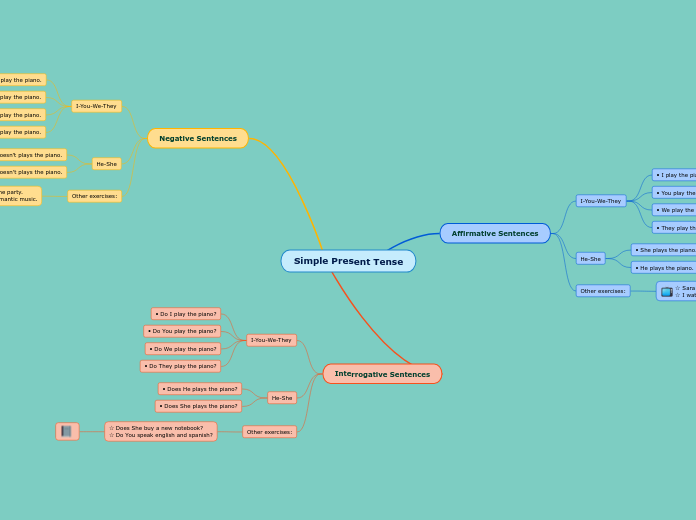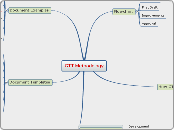Crucially, both view the offender in ways which are very different from the ‘social criminologies’ dominant in the mid-twentieth century (Garland, 2001):
Crime Control
The question relates to Section B, Question 2 and covers a number of central concerns. These are:
Within Criminology, the histories of punishment have become prominent with respect to the developments in penal
since the mid-1970’s onward. With an emphasis on shifts and
discontinuities in punishment, underpinned and legitimated by a political and populist hostility to offenders. This has given rise to the rise of risk within penology:
- Crime as ‘risk’.
- Forms of ‘risk’ thinking.
- Managing those dangers and risks (Feeley and Simon, 1992).
CONCLUSION
Main points of evaluation
Main points of analysis
Objective
Aim
Recap
INTRODUCTION
Reasoning
What was the reasoning behind these choices?
Content
What/Which research, studies, philosophies, theories, evidence have you analysed, evaluated, explored, discussed in an attempt to answer the question.
Context
In what context does the question relate to?
Objectives
How might you answer the question?
Aims:
What is the question asking?
DESCRIBE
Cost of our obsession with 'Risk' and 'dangerousness'?
It leads to continuous detection of threats and assessment of
adverse probabilities, to the prevalence of defensive perceptions over optimistic ones and to the dominance of fear and anxiety over ambition and desire’ (Lianos and Douglas, 2000).
Issues of cost have led to ill thought out policies and knee jerk responses.
More conservative and defensive approaches that seek to minimise and contain risk through an expansion of the apparatus of control ie. Actuarial Approaches to crime.
Fear of crime has come to have new salience:
Garland (2001) suggests, what was once regarded as ‘localised, situational anxiety, afflicting the worst-off individuals and neighbourhoods, has come to be regarded as a major social problem and a characteristic of contemporary culture” (2001:10).
The identification, assessment and management of risk has become a central theme of criminal justice policy. For some penal policy commentators this represents a 'sea-change' in crime management to a new era of 'actuarial justice'.
“the management of crime opportunities and risk distribution rather than the management of individual offenders."
Public Fear of Crime: Almost every day, when we read a
newspaper, listen to the radio or watch the television, we are
confronted with threats to our safety, health and well-being. These risks are diverse, difficult to detect and manage, and sometimes controversial.
Where once there was an optimistic and positive ambition that the criminal justice system should be used sparingly and should rehabilitate offenders and provide welfare and support to those in need...
it is argued here that this has been replaced by more conservative and defensive approaches that seek to minimise and contain risk through an expansion of the apparatus of control.
Penal policy is influenced and shaped by a number of key variables. Such as:
These may reflect: Cost
Public opinion, Political Ideologies
What is seen as an appropriate response to crime and the type and level of response required often reflect such public opinions and political ideologies. Such concerns have dominated law and order discourse since the early 1970’s
CRITICAL EVALUATION:
OBSCURES
Deeper social problems of which imprisonment is a symptom and is legitimising a negative and punitive approach to criminal justice.
There is a new emphasis upon effective enforcement and control
A relaxation of concern about the civil liberty of suspects and the rights of prisoners
Sentences that are higher than would be deemed acceptable by retributive principles.
Prison has been reinvented as a means of incapacitative restraint
Probation and parole have de-emphasized their social work functions
CRITICAL ANALYSIS
Examples of the 'New Criminology' in Current Penal Practice:
Criminologies of ‘the other’
Criminals are decidedly not ‘normal’ but are, rather, evil or wicked, dangerous and dealt with via indeterminate sentences or exclusionary orders.
Increasing Popular Support for Security Measures:
More Restrictive Public Assistance Policies
Garland’s (2001) prediction was that the factors that influence public attitudes toward crime control also shape views about welfare regulations.
Deprivation Powers
Exclusion Powers
Civil Preventative Orders (public protection tools)
Criminologies of ‘Everyday Life’
Criminals are normal and rational and can be deterred or diverted by systematic and pragmatic techniques.
In reducing the opacity of everyday life, social media are indispensable tools of surveillance and intelligence gathering. Social media produce a “crisis of visibility” (Haggerty& Sandhu, 2014),
Surveys from the International Association of Chiefs of
Police revealing 96 percent of departments regularly employ them (IACP, 2016).
While the contemporary “expository society” empowers citizens as subjects of communication (Harcourt, 2015), when posting content and disclosing information, it also render their thoughts, behaviour, whereabouts, and relations knowable and amenable to institutional oversight (Marwick, 2012).
Penal ideology
Viewed as a Reductivist or Consequentialist justification for punishment, it seeks to justify punishment by its alleged future consequences.
Reductivist arguments can be supported by the form of moral reasoning known as 'Utilitarianism' or 'Utilitarian Philosophy'.
Uses technology and statistical calculations to enhance the management of high risk offenders
Focus is placed on attempting to predict risk or pre-empt the offenders future possibility of exhibiting dangerous behaviour. But can this be done accurately?
The pursuit of new crime control techniques:
Situational crime management
Surveillance
Securing Rehabilitation is replaced by:
Management
Control
There is little evidence that Incapacitatory sentences can be targeted effectively. Ashworth (2005:206) suggests, "our powers of prediction are simply not up to the job whether we use impressionistic guesswork, psychological testing, statistical prediction techniques or any other method".
Clinical Diagnosis is replaced by:
Risk Calculations
Probabilities
Actuarial Justice:
Offending has come to be viewed not as a sign of pathology or abnormality but rather a contingency or ‘normal social fact’.
The resulting sense of insecurity has led us to embrace habits and policies that would have seemed unthinkably repressive thirty years ago” (Owen, 2007:4).









